Home>Furniture & Design>Outdoor Furniture>How To Build Outdoor Pillow Covers
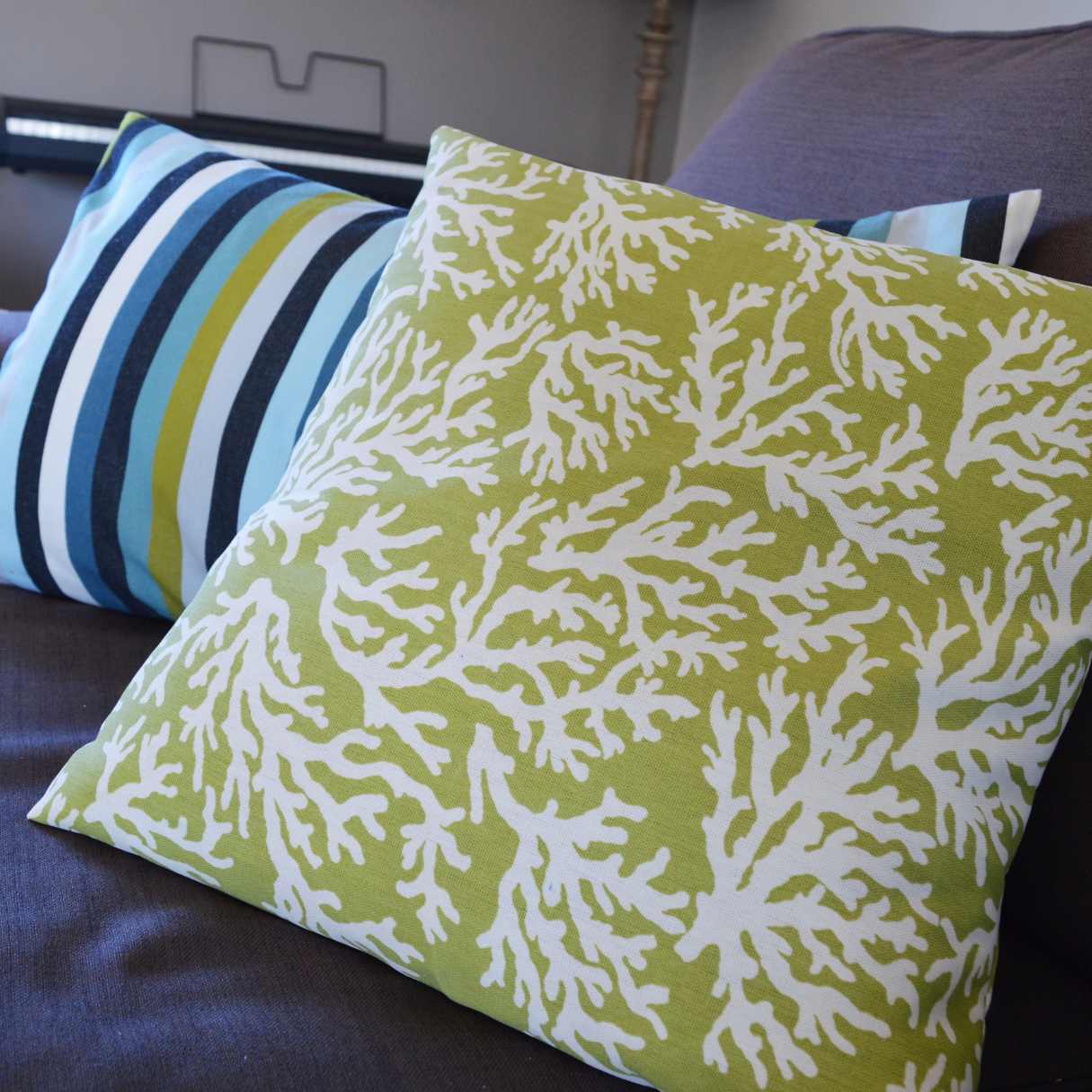

Outdoor Furniture
How To Build Outdoor Pillow Covers
Published: January 13, 2024
Discover how to create custom outdoor pillow covers for your patio furniture with our step-by-step guide. Elevate your outdoor space with stylish and durable designs. Ideal for outdoor furniture, furniture, and design enthusiasts.
(Many of the links in this article redirect to a specific reviewed product. Your purchase of these products through affiliate links helps to generate commission for Storables.com, at no extra cost. Learn more)
Introduction
Welcome to the world of outdoor living, where the beauty of nature meets the comfort of home. As you bask in the warm sunlight or unwind under the stars, the right outdoor furniture can transform any space into a tranquil oasis. One essential element of outdoor comfort and style is the outdoor pillow cover. These covers not only provide a cozy spot to rest your head but also add a pop of color and personality to your outdoor furniture.
Creating your own outdoor pillow covers can be a rewarding and budget-friendly DIY project. Whether you're a seasoned crafter or a novice with a passion for design, crafting custom pillow covers allows you to infuse your outdoor space with your unique style. From choosing the perfect fabric to adding personalized details, this article will guide you through the process of creating custom outdoor pillow covers that will elevate the ambiance of your outdoor sanctuary.
So, roll up your sleeves, gather your materials, and let's embark on a creative journey to build outdoor pillow covers that will not only withstand the elements but also exude charm and comfort in equal measure.
Key Takeaways:
- Create personalized outdoor pillow covers using durable, weather-resistant fabrics and closure options like zippers or buttons to add style and functionality to your outdoor space.
- Infuse your unique style into your outdoor sanctuary by adding finishing touches like embellishments, contrasting piping, and personalized monograms to your custom pillow covers.
Materials Needed
Before diving into the DIY project of creating outdoor pillow covers, it’s essential to gather the necessary materials. Here’s a list of items you’ll need to bring your vision to life:
- Fabric of your choice
- Thread in coordinating color
- Scissors
- Sewing machine or needle for hand-sewing
- Straight pins
- Measuring tape
- Iron and ironing board
- Pillow inserts
- Closure options (zippers, buttons, or Velcro)
- Embellishments for personalization (optional)
Now that you have all the necessary materials at your disposal, it’s time to delve into the creative process of crafting your very own outdoor pillow covers.
Choosing the Right Fabric
When it comes to outdoor pillow covers, selecting the right fabric is crucial for both aesthetic appeal and durability. Outdoor environments expose fabrics to various elements, including sunlight, moisture, and dirt. Therefore, choosing a fabric that can withstand these conditions is essential for ensuring the longevity of your pillow covers.
Here are some factors to consider when choosing the perfect fabric for your outdoor pillow covers:
- Outdoor-Specific Fabrics: Look for fabrics specifically designed for outdoor use. These fabrics are often water-resistant, UV-resistant, and mold-resistant, making them ideal for withstanding the elements.
- Durability: Opt for fabrics that are durable and easy to clean. Solution-dyed acrylic, polyester, and outdoor canvas are popular choices known for their resilience and low maintenance.
- Color and Pattern: Consider the color scheme and design of your outdoor space. Choose fabrics that complement your outdoor furniture and overall decor. Vibrant solids, timeless stripes, and lively patterns can add a touch of personality to your outdoor setting.
- Texture: Explore different textures that not only enhance the visual appeal but also provide a tactile experience. Textured fabrics can add depth and visual interest to your outdoor pillows.
Once you’ve chosen the perfect fabric, it’s time to move on to the next steps in the DIY process: measuring and cutting the fabric to the desired size for your pillow covers.
Measuring and Cutting the Fabric
Now that you’ve selected the ideal fabric for your outdoor pillow covers, it’s time to bring your vision to life by measuring and cutting the fabric to the appropriate size. Proper measurements and precise cutting are essential for achieving professional-looking pillow covers that fit your pillows snugly.
Here’s a step-by-step guide to measuring and cutting the fabric for your outdoor pillow covers:
- Measure Your Pillow Inserts: Begin by measuring the dimensions of your pillow inserts. This will determine the size of the fabric pieces needed for each cover.
- Add Seam Allowance: When cutting the fabric, remember to add seam allowance (typically 1/2 inch to 1 inch) to each measurement. This extra fabric allows room for sewing the seams without compromising the size of the finished cover.
- Cut the Fabric: Use sharp fabric scissors to carefully cut the fabric according to the measurements, ensuring clean and straight edges. If you’re making multiple pillow covers, repeat the cutting process for each piece of fabric.
- Double-Check Measurements: Before moving on to the sewing phase, double-check the measurements and dimensions of the fabric pieces to ensure they align with the size of your pillow inserts.
Once you’ve accurately measured and cut the fabric, you’re one step closer to assembling your custom outdoor pillow covers. The next phase involves sewing the fabric pieces together to form the covers, bringing your outdoor design vision to fruition.
When building outdoor pillow covers, use weather-resistant fabric to ensure durability and longevity. This will help protect the pillows from the elements and keep them looking great for a long time.
Sewing the Pillow Covers
With your fabric pieces cut to the appropriate size, it’s time to embark on the sewing phase of creating your outdoor pillow covers. Whether you’re using a sewing machine or opting for hand-sewing, the following steps will guide you through the process of assembling the covers:
- Prepare Your Sewing Machine: If you’re using a sewing machine, ensure that it’s threaded with a coordinating color of thread and the appropriate needle for the fabric you’re using. Adjust the machine settings for a straight stitch.
- Place Fabric Pieces Right Sides Together: Position the fabric pieces with the right sides facing each other, aligning the edges evenly. This ensures that the seams will be on the inside of the cover once it’s turned right side out.
- Sew the Edges: Using a straight stitch, sew along the edges of three sides of the fabric pieces, leaving one side open. Backstitch at the beginning and end of each seam to secure the stitches.
- Trim Excess Seam Allowance: Trim the excess fabric from the corners to reduce bulk and create crisp, clean corners once the cover is turned right side out.
- Turn the Cover Right Side Out: Carefully turn the cover right side out through the open side, gently pushing out the corners to achieve a neat, square shape.
- Insert the Pillow: Slide the appropriate-sized pillow insert into the cover, ensuring that it fills out the corners completely.
- Hand-Sew the Opening Closed: If you left one side open for inserting the pillow, use a hand-sewing needle and coordinating thread to neatly close the opening with an invisible stitch.
Whether you’re a seasoned seamstress or new to the world of sewing, these steps will help you achieve professional-looking outdoor pillow covers that exude craftsmanship and charm. The next step involves adding closure options to your covers, providing both functionality and aesthetic appeal.
Read more: How To Quilt A Pillow Cover
Adding Closure Options
When crafting outdoor pillow covers, adding closure options not only ensures that the pillow inserts stay securely in place but also allows for easy removal for cleaning or seasonal updates. There are several closure options to consider, each offering its own blend of functionality and style. Here are some popular closure options to explore:
- Zipper Closure: Sewing a zipper along one edge of the pillow cover provides a convenient and secure closure. Opt for a durable, weather-resistant zipper that complements the fabric and adds a polished finish to the cover.
- Envelope Closure: An envelope closure features overlapping fabric flaps on the back of the cover, creating a simple yet effective way to insert and remove the pillow. This style adds a touch of elegance and allows for easy pillow insertion.
- Button or Tie Closure: Adding buttons or fabric ties to the opening of the pillow cover offers a charming and customizable closure option. This design allows for easy removal of the pillow insert while adding a decorative element to the cover.
- Versatile Velcro Closure: Velcro provides a versatile and user-friendly closure option, allowing for quick access to the pillow insert while ensuring a snug fit. It’s a practical choice for outdoor pillow covers that need to withstand varying weather conditions.
When selecting a closure option, consider the overall aesthetic of your outdoor space and the level of convenience you desire. Additionally, ensure that the closure method aligns with the durability and weather resistance of the chosen fabric, maintaining both functionality and longevity.
By incorporating a well-suited closure option, you’ll not only enhance the practicality of your outdoor pillow covers but also add an extra layer of design and craftsmanship to your outdoor decor. With the closure secured, it’s time to add the finishing touches that will elevate your custom pillow covers to the next level.
Adding Finishing Touches
As you near the completion of your outdoor pillow cover project, adding the finishing touches will elevate the visual appeal and cohesiveness of your outdoor decor. These touches provide an opportunity to infuse your personal style and creativity into the design, making each cover a unique reflection of your outdoor oasis. Here are some inspiring finishing touches to consider:
- Embellishments: Consider adding embellishments such as decorative trims, tassels, or fringe to the edges of the pillow covers. These details can add a touch of sophistication and visual interest, enhancing the overall aesthetic of the pillows.
- Contrasting Piping: Incorporating contrasting piping along the seams of the pillow covers can create a tailored and polished look. Choose a complementary or contrasting fabric to add a pop of color and definition to the edges.
- Personalized Monograms: For a personalized touch, consider adding monogrammed initials or a meaningful symbol to the pillow covers. This customization adds a sense of individuality and charm to your outdoor space.
- Weather-Resistant Treatment: If your chosen fabric allows, consider applying a weather-resistant treatment to the covers to enhance their durability and protect them from the elements. This extra step can prolong the life of the covers, ensuring they remain vibrant and functional season after season.
By incorporating these finishing touches, you can transform your outdoor pillow covers into standout pieces that not only provide comfort but also serve as decorative accents that tie your outdoor space together. These personalized details will showcase your creativity and attention to detail, making your outdoor sanctuary truly one of a kind.
With the finishing touches in place, your custom outdoor pillow covers are ready to adorn your outdoor furniture, infusing your space with comfort, style, and a touch of your unique personality.
Conclusion
Congratulations on embarking on the creative journey of crafting your own outdoor pillow covers. Through careful fabric selection, precise measurements, and thoughtful finishing touches, you have not only personalized your outdoor space but also demonstrated your craftsmanship and attention to detail.
By choosing the right fabric, you’ve ensured that your pillow covers are not only visually appealing but also durable enough to withstand the rigors of outdoor living. The closure options you’ve added provide both functionality and style, allowing for easy maintenance and seasonal updates. The finishing touches you’ve incorporated have added a layer of individuality and charm to your outdoor decor, making your space truly your own.
As you place your custom outdoor pillow covers on your outdoor furniture, envision the transformation they bring to your outdoor sanctuary. The colors, textures, and personalized details will not only provide comfort but also create an inviting and stylish ambiance for relaxing, entertaining, and enjoying the beauty of nature.
Remember, the process of creating outdoor pillow covers is not just a DIY project; it’s an opportunity to infuse your outdoor space with your unique style and creativity. Whether you’re lounging on a patio, basking in a garden, or unwinding by a pool, your custom pillow covers will serve as a testament to your design sensibilities and passion for outdoor living.
As you continue to explore the world of outdoor furniture and design, let your imagination and ingenuity guide you in creating a space that reflects your personality and brings joy to all who experience it. Your outdoor oasis is a canvas waiting to be adorned with your creativity, and your custom pillow covers are just the beginning of the masterpiece.
Frequently Asked Questions about How To Build Outdoor Pillow Covers
Was this page helpful?
At Storables.com, we guarantee accurate and reliable information. Our content, validated by Expert Board Contributors, is crafted following stringent Editorial Policies. We're committed to providing you with well-researched, expert-backed insights for all your informational needs.
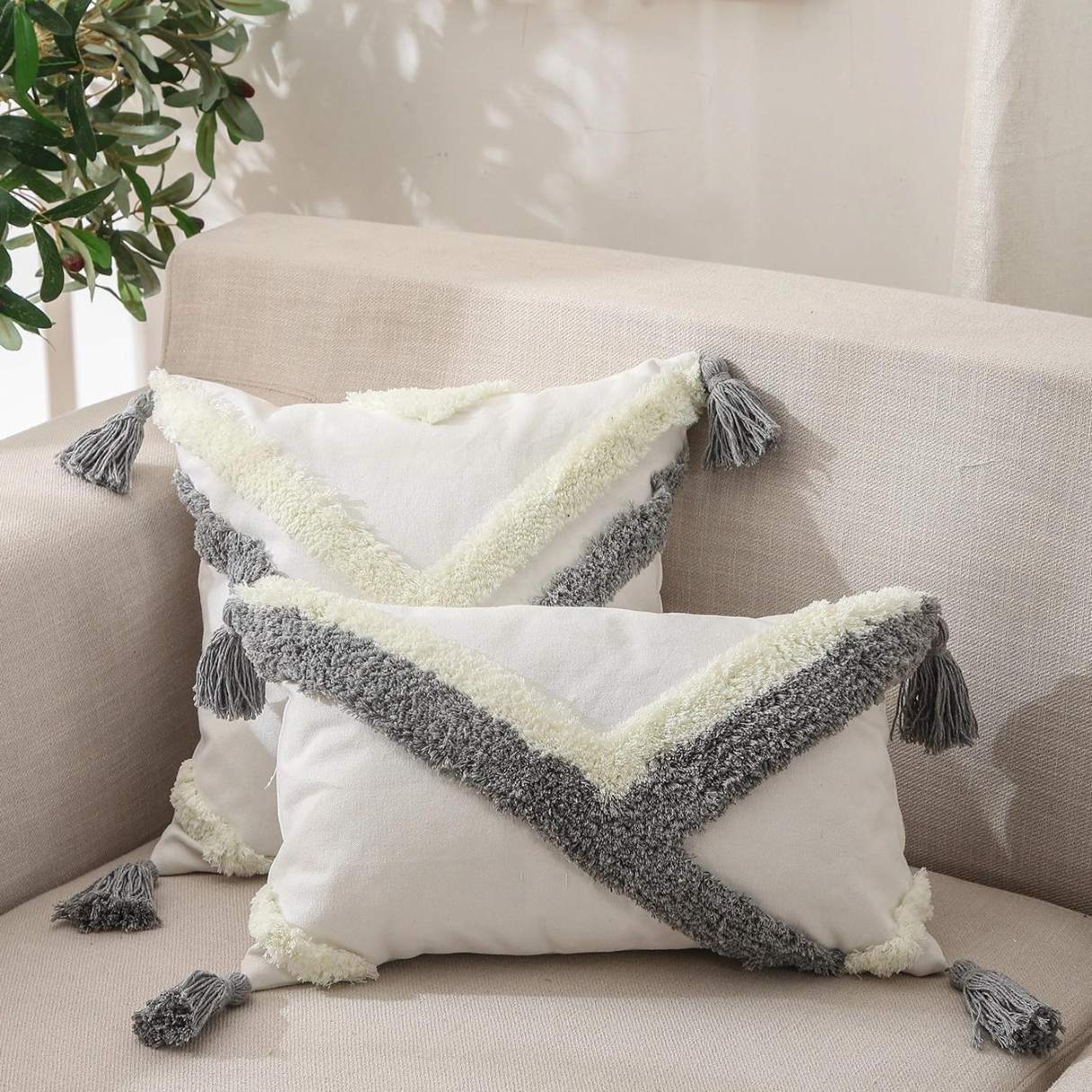
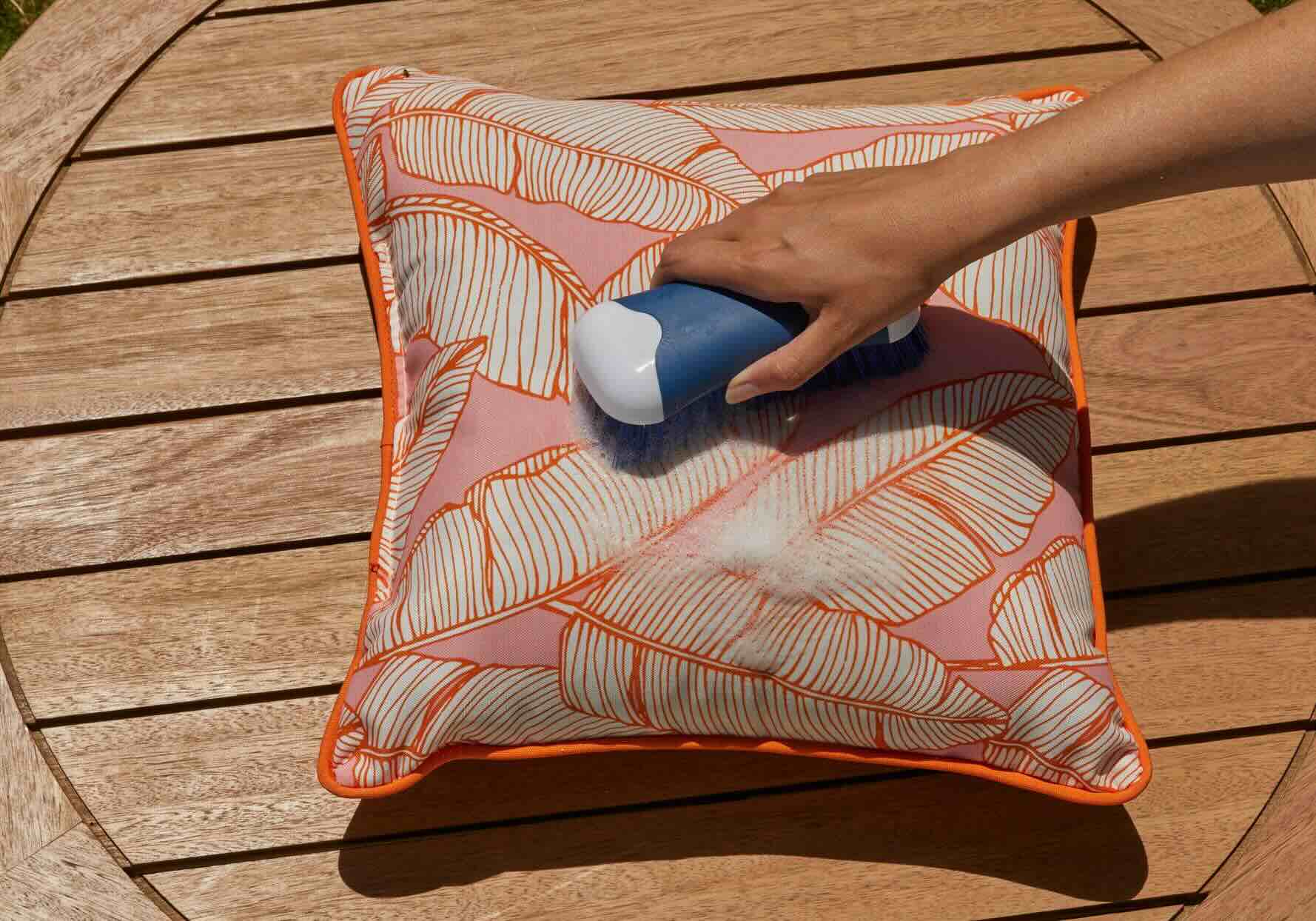
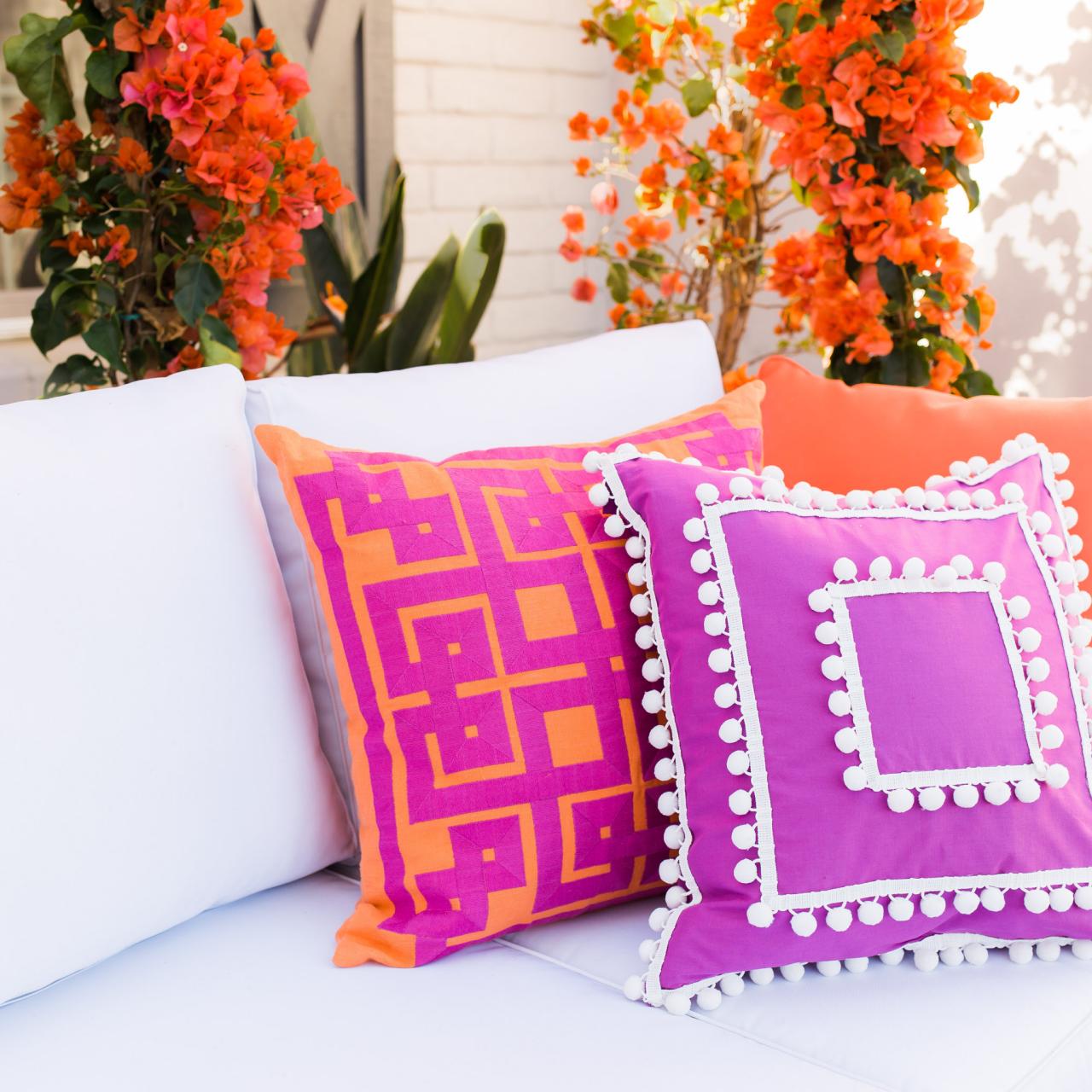
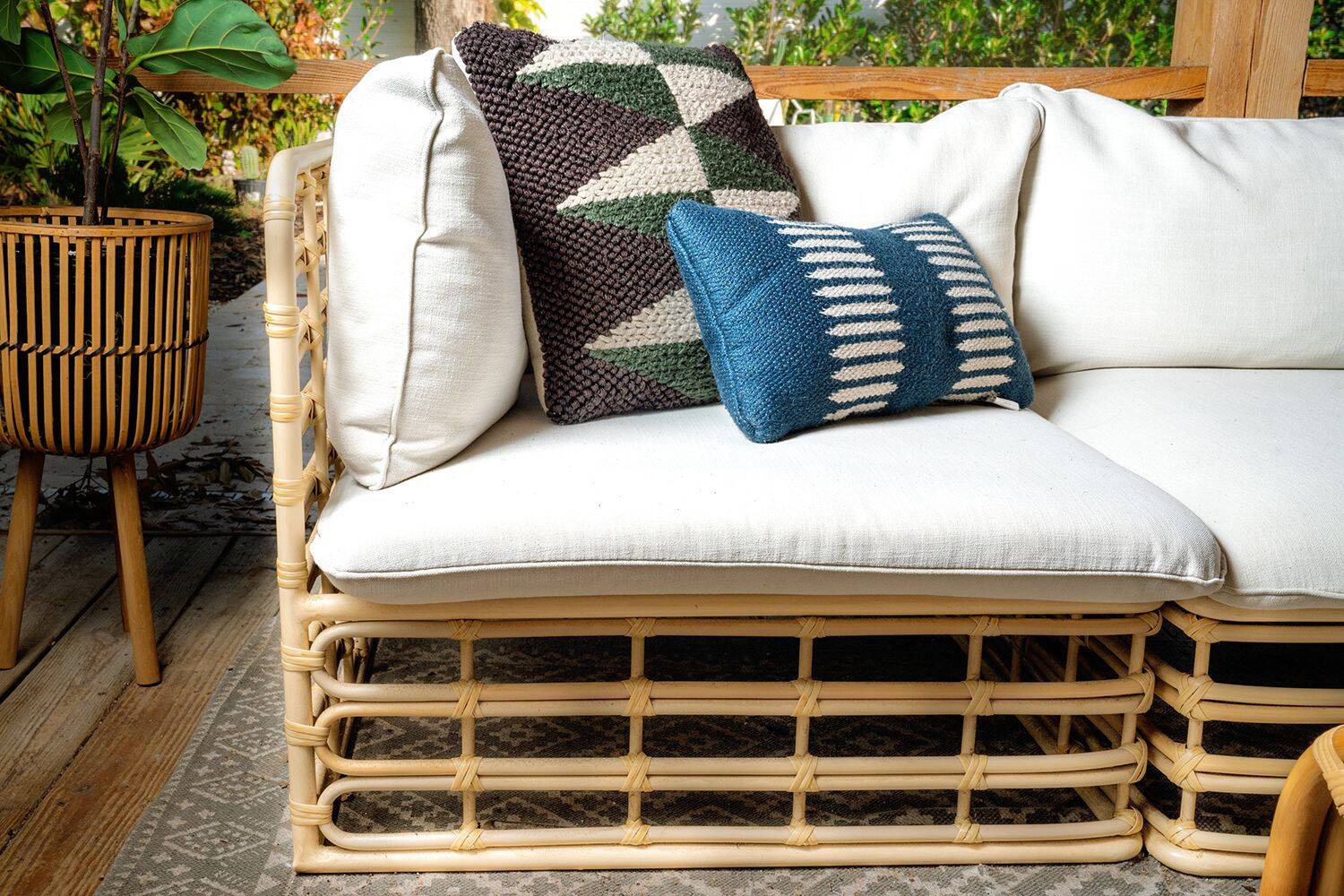
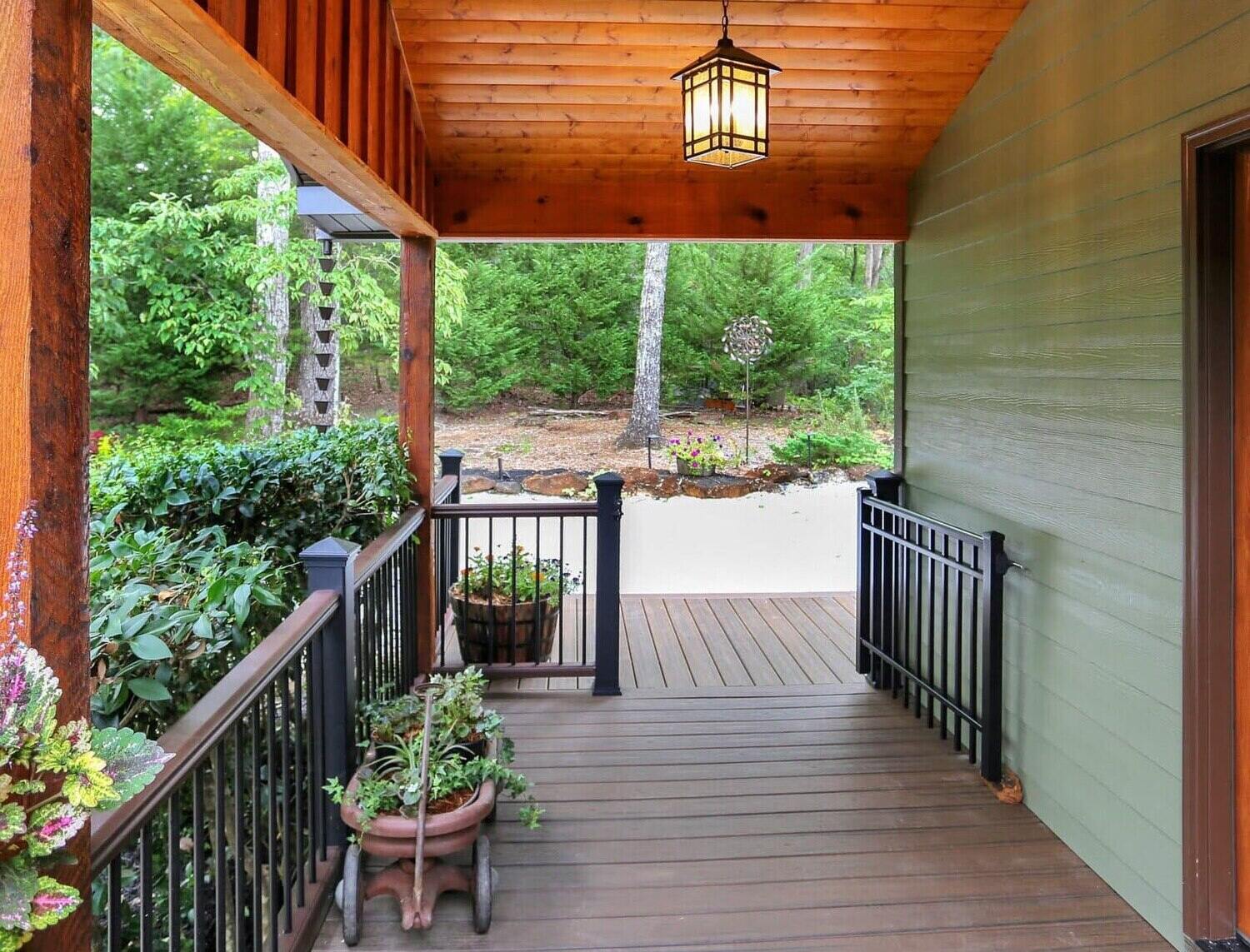
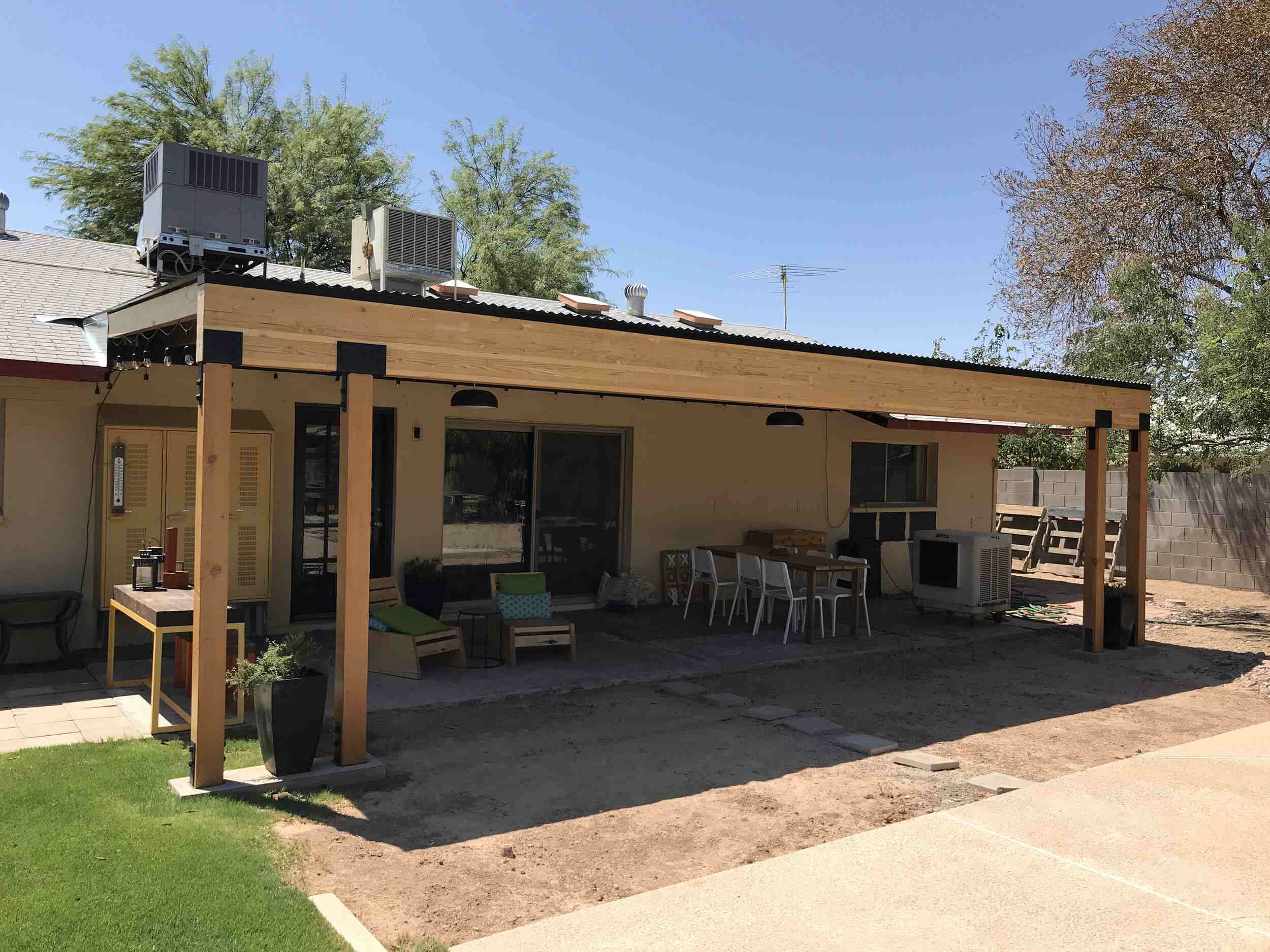
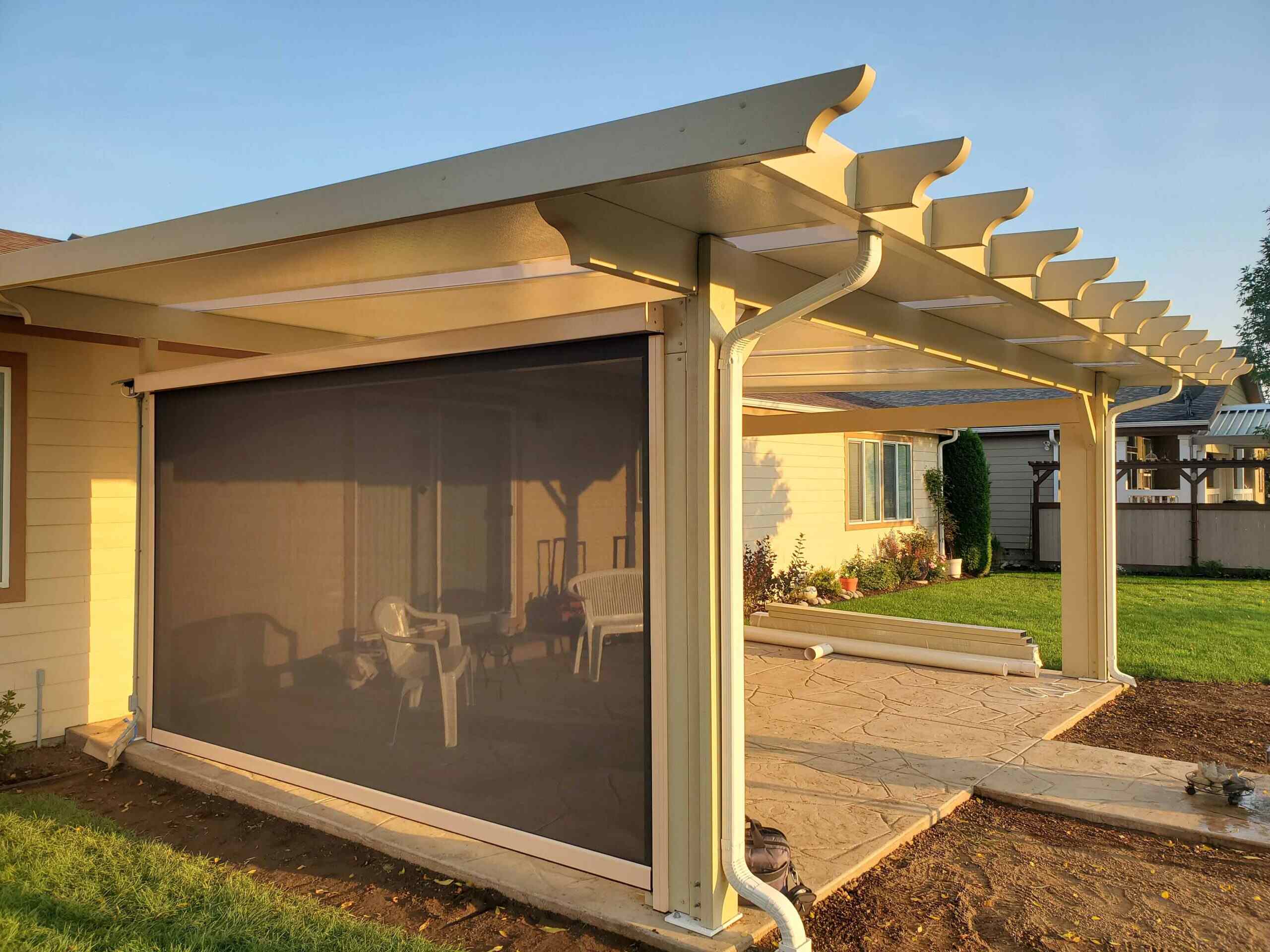
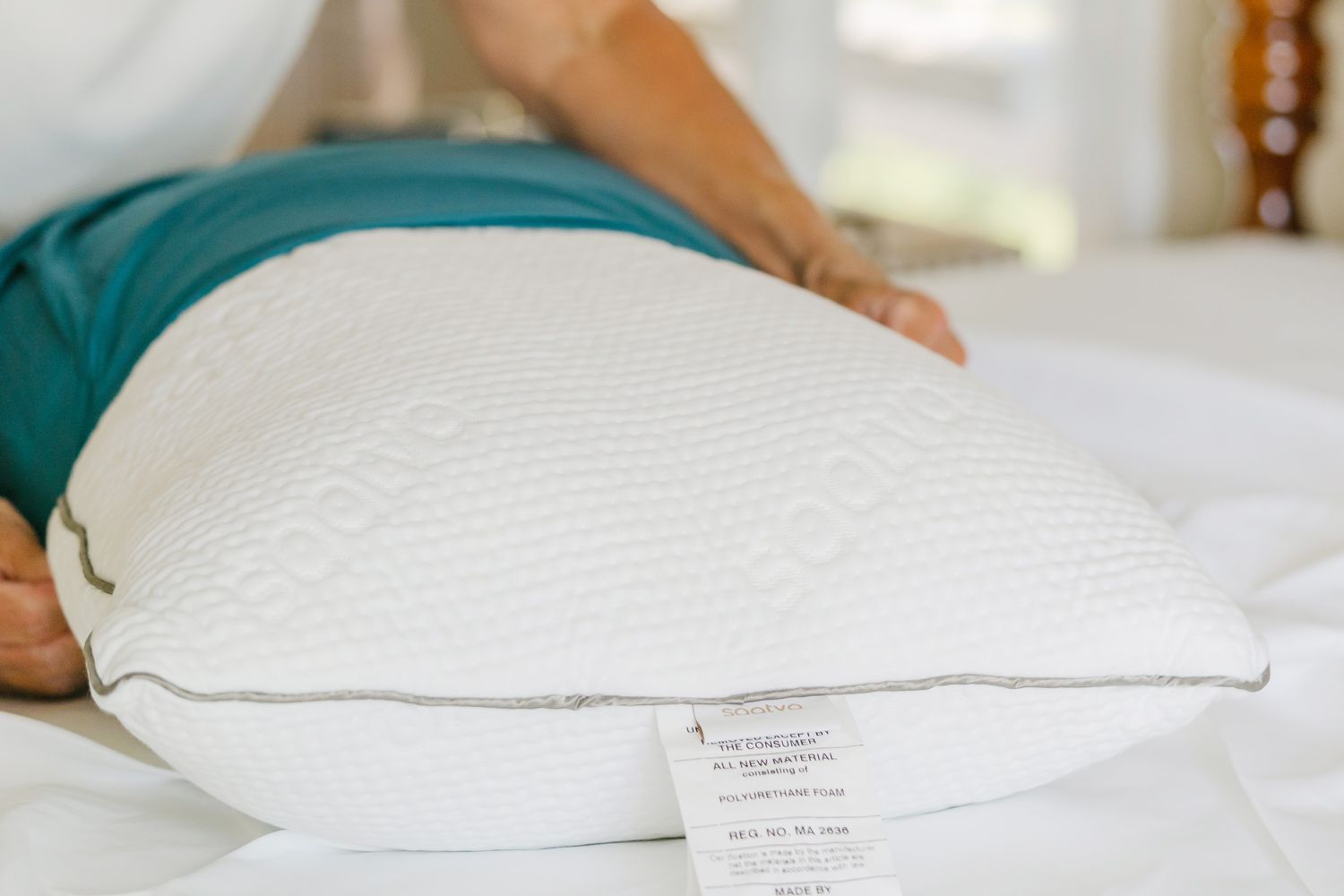
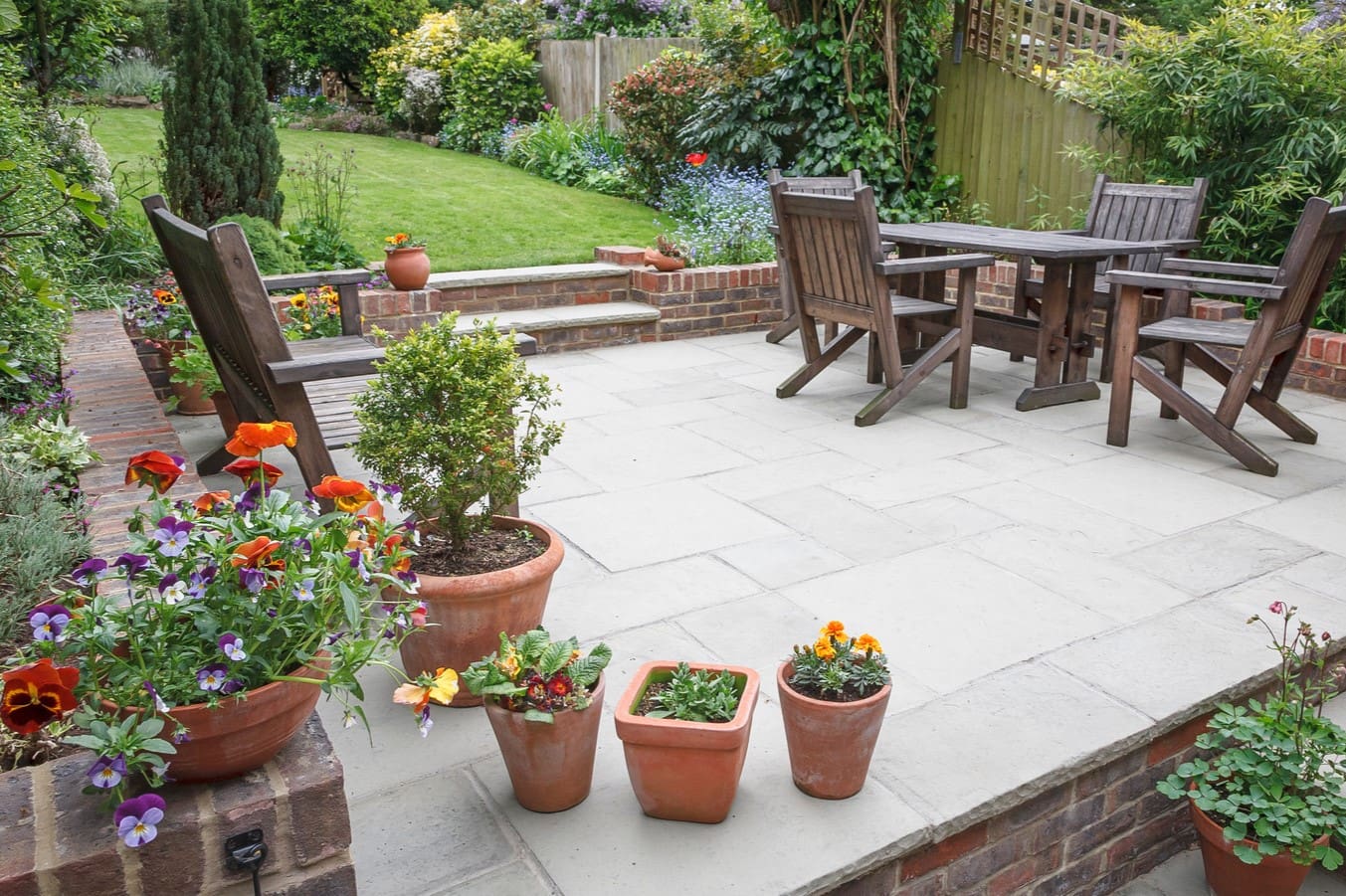
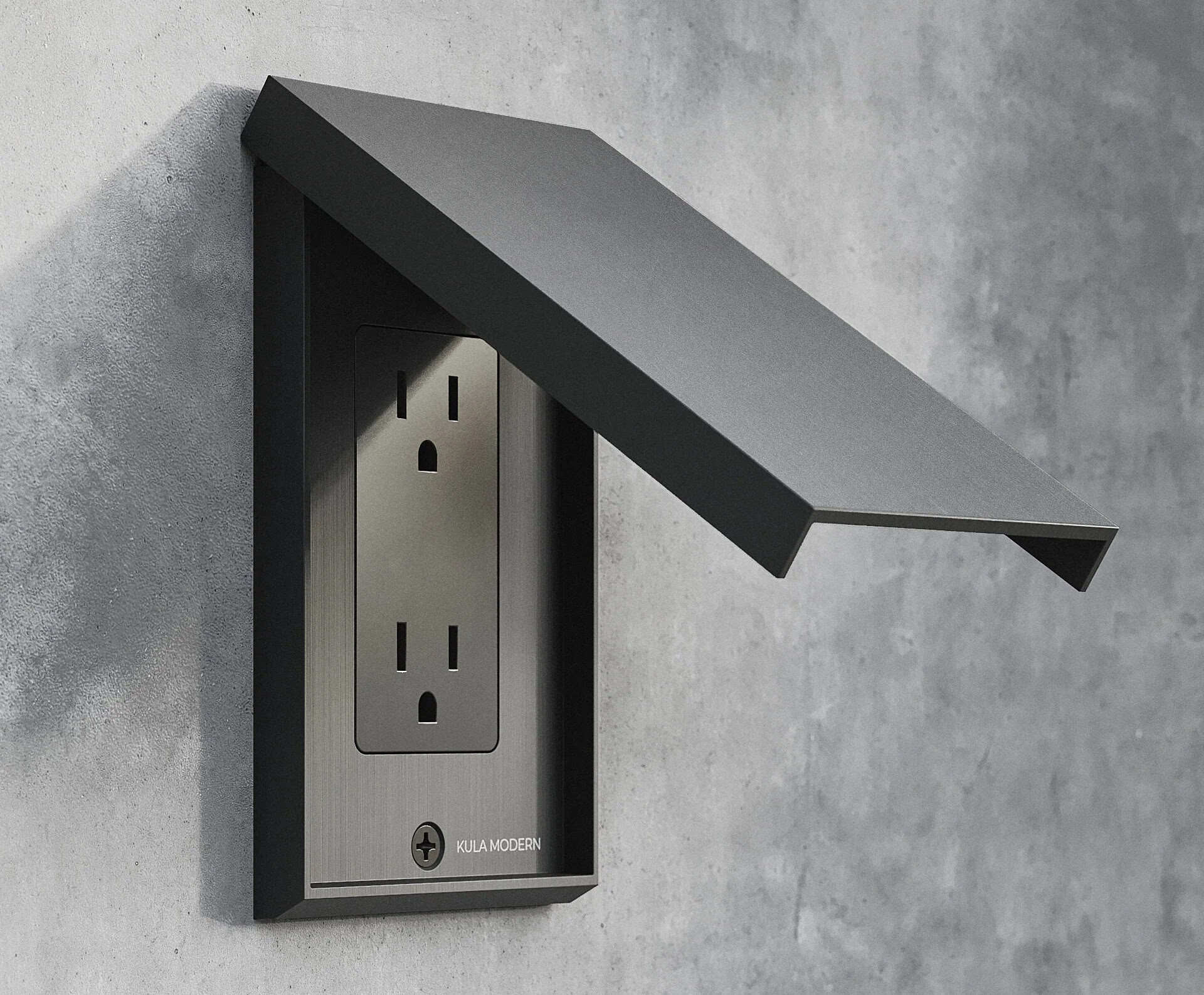
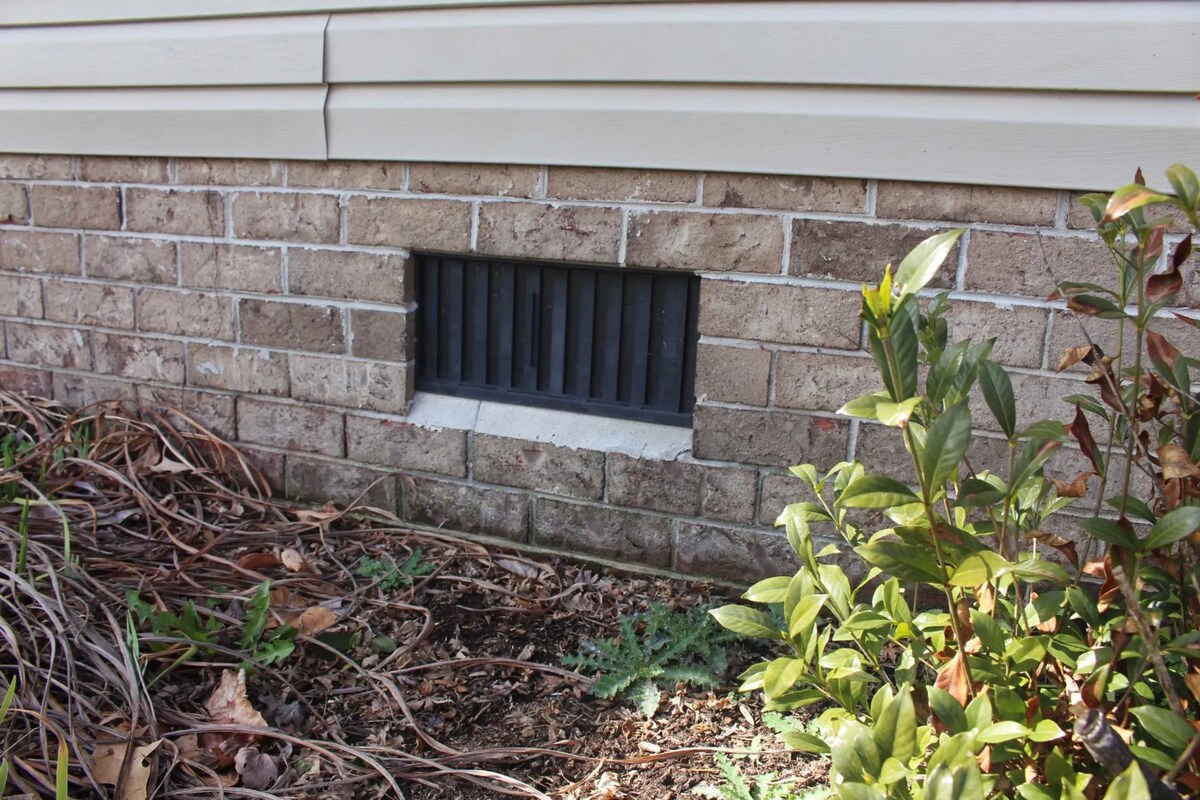
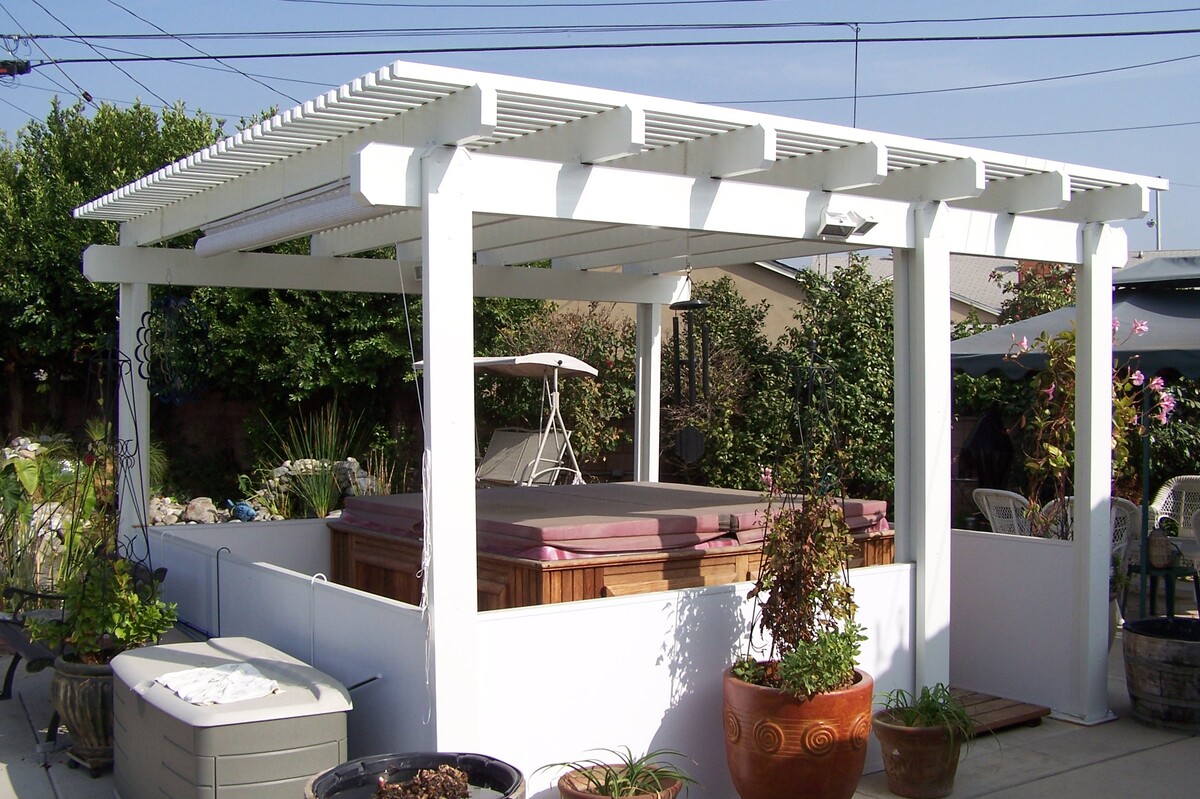
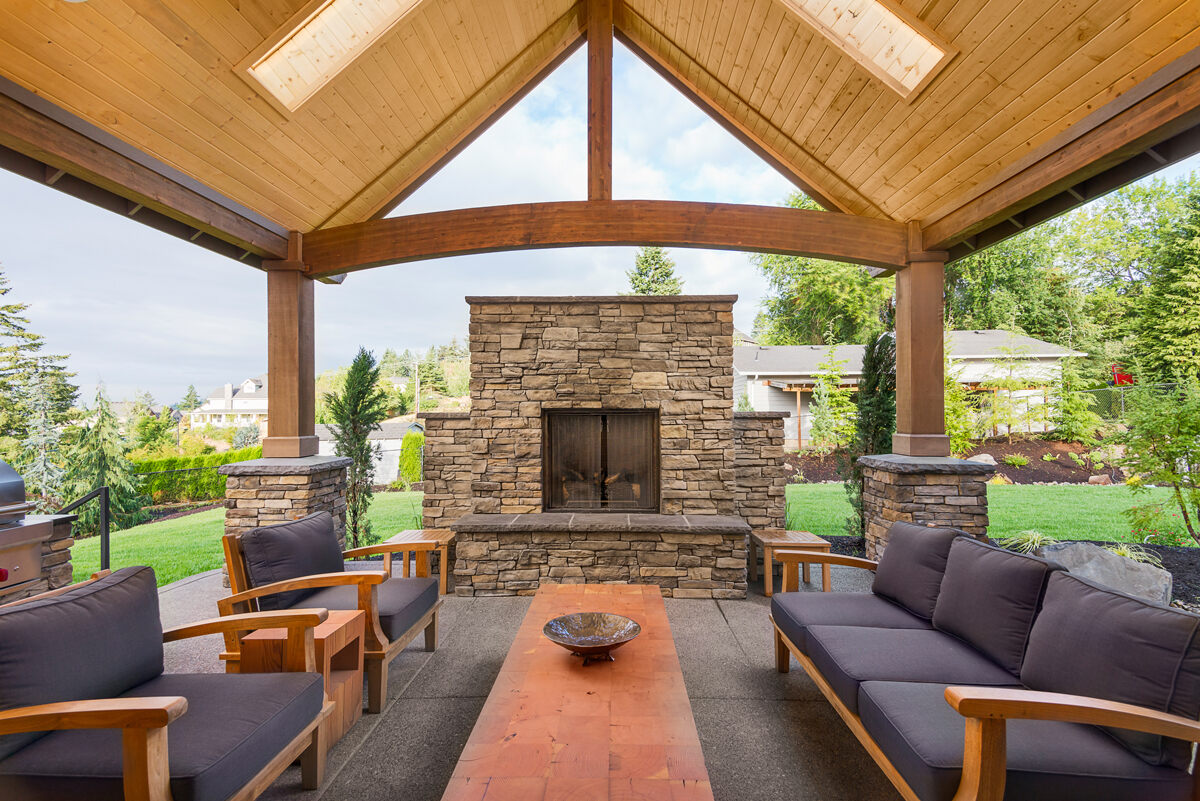
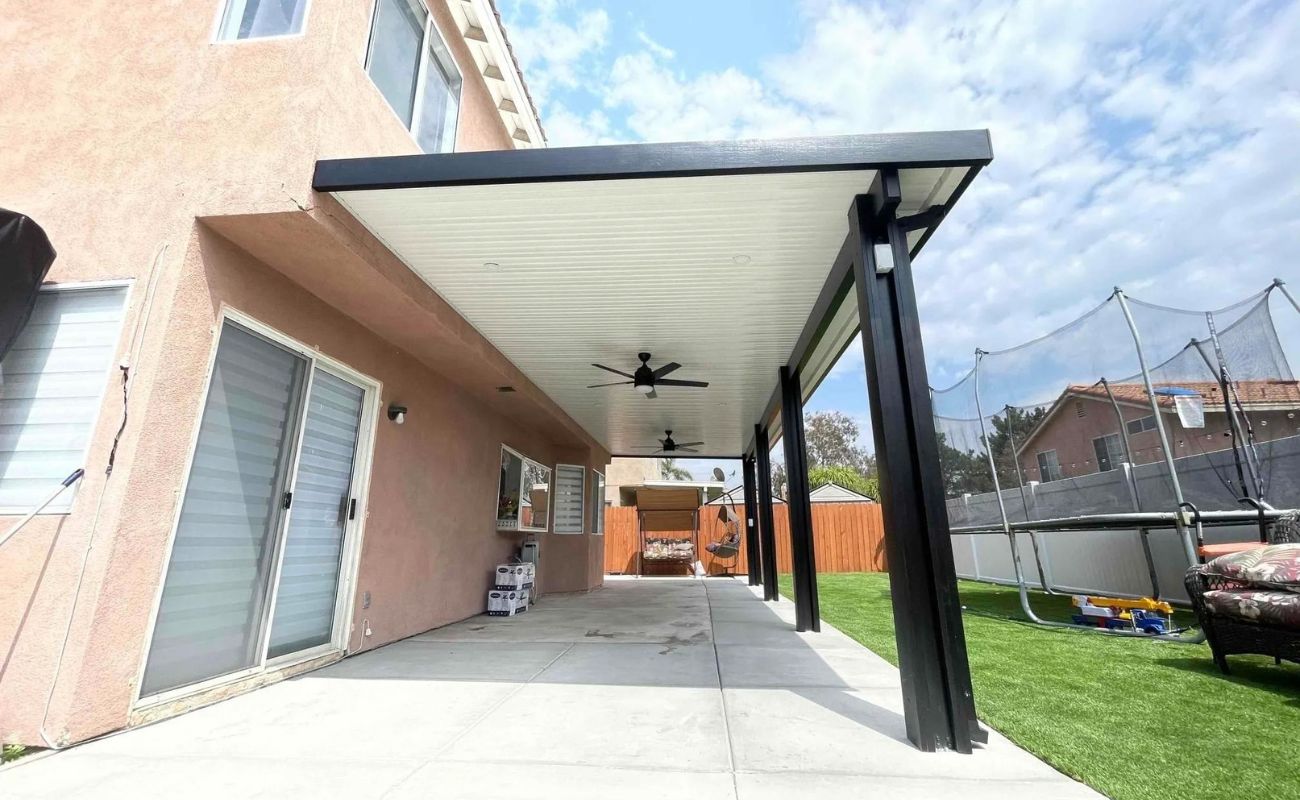

0 thoughts on “How To Build Outdoor Pillow Covers”